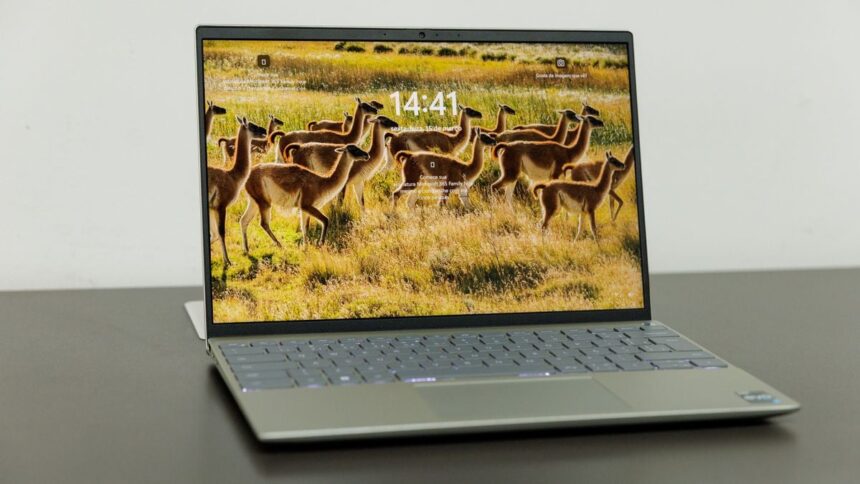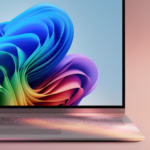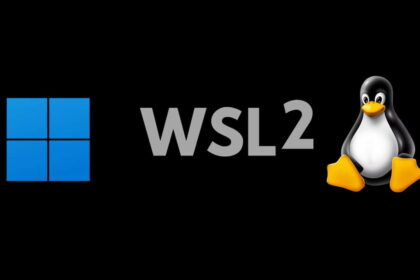Windows 11 reached a market share of 33.37% in September, marking its highest share recorded on Statcounter. Despite this milestone, Windows 10, launched in 2015, remains the most widely used operating system, holding 62.79% of the market.
While Windows 10 has consistently led the market, 2024 has seen a steady increase in Windows 11 adoption and a decline in Windows 10 usage. This reflects a migration of devices being updated to the newer version. Comparing data from January, Windows 11 has gained over five percentage points in the first nine months of the year.
Despite this growth, it’s unlikely that Windows 11 will surpass Windows 10 in market share before 2025, when Microsoft plans to end official support for Windows 10 and discontinue updates. To accommodate the large number of users still on Windows 10, Microsoft has introduced a paid subscription to extend support for an additional two years.
The most used versions of Windows in the world until September this year are:
- Windows 10 (62.79%);
- Windows 11 (33.37%);
- Windows 7 (2.85%);
- Windows 8.1 (0.36%);
- Windows XP (0.34%);
- Windows 8 (0.22%).
Why is Windows 10 still going strong?
One of the key reasons for Windows 10’s continued dominance is its ease of installation. In contrast, Windows 11 has more demanding requirements, such as the need for Trusted Platform Module 2.0 (TPM 2.0), which many older computers don’t support.
Additionally, Windows 10 is still widely used on business computers, where users often cannot update the system independently, as IT departments manage these updates within companies. This makes upgrading to Windows 11 less straightforward for many enterprise users.
- Windows 11 Market Share Grows, Windows 10 Dips
- Windows 10’s Countdown Begins: One Year Until End of Support
- Windows 10 Remains Dominant Despite Windows 11 Push
Windows 11 24H2 is now available.
Windows 11’s major annual update, version 24H2, was released on(October 1st) for all compatible computers. The update focuses on AI-enhanced PCs, which are equipped with Neural Processing Units (NPUs) to handle various artificial intelligence tasks more efficiently.
In addition to AI improvements, the update introduces a new battery-saving mode, helping users extend their device’s battery life, and adds support for Wi-Fi 7, offering faster and more reliable wireless connectivity. This update enhances both performance and future-proofing for users with compatible hardware.











